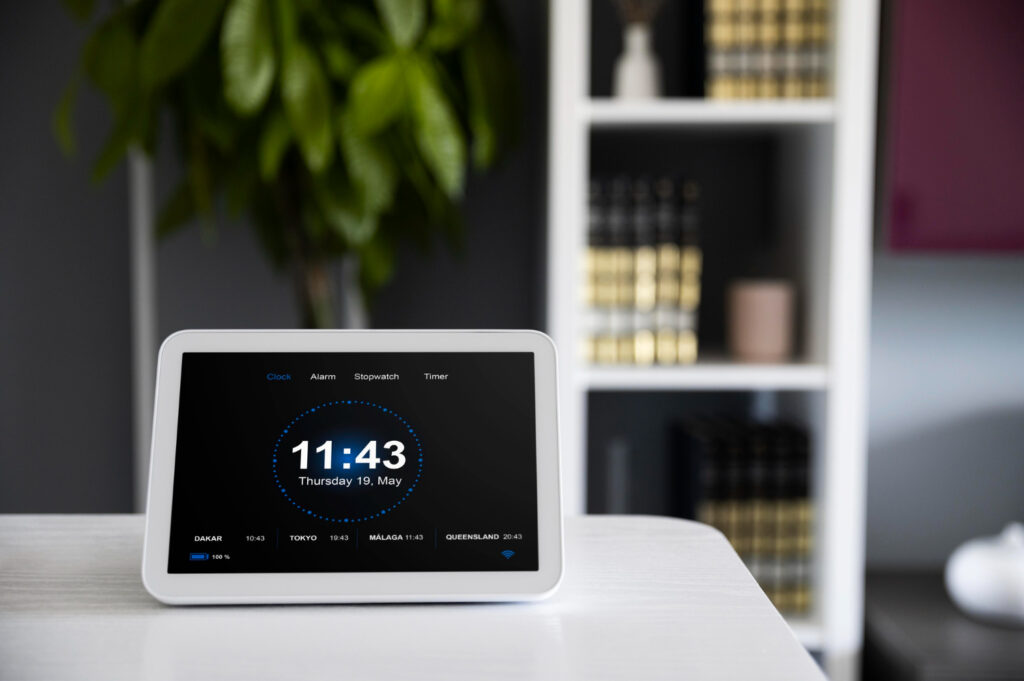Smart Home Energy Management Systems Save Cash
In today’s world of rising utility bills and growing concerns about sustainability, smart home energy solutions are more than a trend—they are a necessity. Homeowners are increasingly turning to technology that not only reduces energy waste but also puts more money back into their wallets. With the right smart home energy management system, you can enjoy lower costs, higher comfort, and better control over how your household consumes power.
This article explores how these systems work, why they save cash, and how you can start benefiting from them immediately.
Table of Contents
What Is a Smart Home Energy Management System?
A smart home energy management system (SHEMS) is an integrated solution that monitors, controls, and optimizes your home’s energy usage. It connects appliances, heating and cooling systems, lighting, and even renewable energy sources through a centralized platform.
Key features often include:
- Real-time monitoring of electricity consumption.
- Automated scheduling for heating, cooling, and appliances.
- Integration with renewable energy sources like solar panels.
- AI-driven recommendations to reduce waste and improve efficiency.
By tracking where energy goes in your home, these systems empower you to make smarter decisions and cut unnecessary costs.
Why Smart Home Energy Systems Save You Money
The primary appeal of smart home energy management is financial savings. Here’s how:
1. Reduced Energy Waste
Traditional households often waste electricity through lights left on, heating empty rooms, or running appliances at peak hours. Smart systems detect and reduce these inefficiencies automatically.
2. Lower Utility Bills
With real-time data and automation, energy-intensive devices operate only when necessary. According to the U.S. Department of Energy, homeowners can save 10–30% on energy bills by adopting smart technologies. Learn more here.
3. Peak Demand Management
Utilities often charge more during peak hours. A smart home energy system can shift usage to off-peak times, lowering overall costs.
4. Integration with Renewable Energy
If you have solar panels or other renewable sources, the system ensures maximum usage of your self-generated power before pulling from the grid.
Essential Components of a Smart Home Energy System
Smart Thermostats
Devices like the Nest or Ecobee adjust heating and cooling automatically based on occupancy and preferences. Heating and cooling represent nearly 50% of home energy costs, making this a critical savings area.
Smart Plugs and Outlets
These inexpensive devices let you control and monitor electronics remotely, shutting them off completely to avoid phantom energy use.
Energy Monitoring Apps
Mobile apps connected to your system provide real-time insights, charts, and savings reports. You’ll know exactly where your money goes.
Home Battery Storage
Pairing your smart energy system with a battery storage unit ensures you use renewable energy efficiently while keeping bills low.
Benefits Beyond Saving Cash
While the financial aspect is crucial, smart home energy systems also provide additional benefits:
- Environmental Impact: Reduced carbon footprint through lower energy use.
- Convenience: Hands-free automation tailored to your lifestyle.
- Home Value: Smart homes often sell faster and at higher prices.
- Future-Proofing: Prepares your home for future energy regulations and sustainability standards.
How to Start Saving with Smart Home Energy Systems
Getting started doesn’t have to be overwhelming. Here are practical steps:
Step 1: Evaluate Your Current Energy Use
Start with a baseline. Check your utility bills from the past six months and note high-usage areas.
Step 2: Install a Smart Thermostat
This is often the quickest way to see savings, especially if heating and cooling dominate your bills.
Step 3: Add Smart Plugs and Lighting
These low-cost devices help eliminate waste from unused electronics and lights.
Step 4: Monitor and Adjust
Use the system’s reports to identify habits or appliances costing you the most money.
Step 5: Scale Up
Gradually expand to include solar panels, home batteries, and advanced AI-driven systems for maximum savings.
Common Myths About Smart Home Energy Systems
Myth 1: Too Expensive to Install
While high-end systems can be costly, most homeowners start small with thermostats and plugs under $100. The savings often pay for the investment within a year.
Myth 2: Complicated to Use
Modern platforms are user-friendly, with mobile apps designed for simplicity.
Myth 3: Only for Tech-Savvy People
Anyone can benefit from these systems, regardless of technical skills. Many devices work automatically after setup.
Real-Life Example of Savings
Imagine a family spending $200 monthly on electricity. By installing a smart thermostat, LED lighting, and smart plugs, they reduce consumption by 20%, cutting $40 per month. Over a year, that’s nearly $500 saved—without sacrificing comfort.
The Future of Smart Home Energy
Looking ahead, smart home energy systems will integrate more deeply with AI, IoT, and renewable grids. Governments worldwide are encouraging adoption through rebates and incentives. By adopting early, homeowners not only save money but also gain an advantage in sustainability and comfort.
Conclusion: Why You Should Invest Now
A smart home energy management system is not just about gadgets—it’s about control, efficiency, and savings. By cutting waste, lowering bills, and contributing to a greener planet, these systems prove their worth quickly.
If you’re ready to explore smart devices and energy-saving technologies, check out our Smart Home Tech category for solutions that fit your budget and lifestyle.


